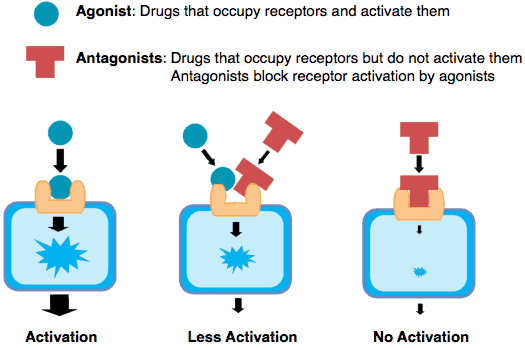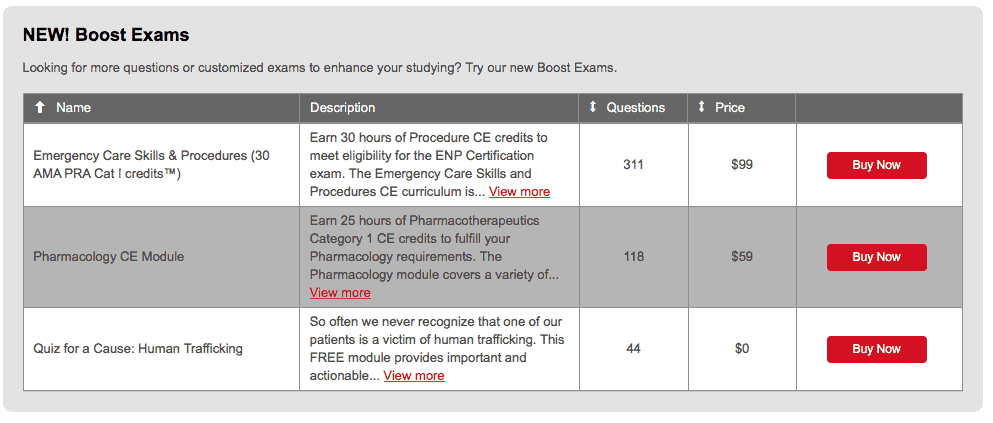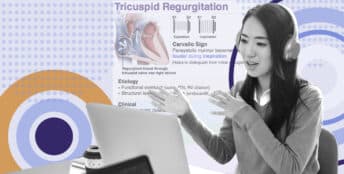Affordable Pharmacology CE for Nurse Practitioners

Are you looking for 25 credits of pharmacology CE that not only satisfies your nurse practitioner requirements but also provides you an incredible useful overview of pharmacology?
And…the pharmacology CE module is in question and explanation format.
Complete it at home, at a cafe, or at work. The module is accessible from your desktop, laptop, iPad, iPhone, or Android device. Simple as that!
Here is a sneak peek:
A 43-year-old woman presents to the emergency department via emergency medical services after ingesting an unknown amount of buprenorphine-naloxone. The patient is noted to be extremely agitated and physically aggressive with emergency department staff, necessitating physical restraints. The patient is sedated with 2 mg of intramuscular lorazepam and states that she took her roommate’s buprenorphine-naloxone because she ran out of her own methadone. Which of the following best describes the activity of buprenorphine at the mu opioid receptor?
A. Antagonist
B. Full agonist
C. Inverse agonist
D. Partial agonist
Answer D
Buprenorphine is an opioid that has high affinity and partial activity at the mu opioid receptor. These features allow for buprenorphine to be an effective alternative to methadone in weaning patients off of opioids while preventing withdrawal symptoms. Conversely, if buprenorphine is taken while full agonists like methadone are still present in the patient, then the buprenorphine will displace the full agonist and induce withdrawal symptoms since the patient is getting a reduced opioid effect. Many people falsely believe that the naloxone found in buprenorphine products induces withdrawal in these patients, but naloxone has negligible bioavailability when taken via the oral route.

An example of an antagonist (A) at the mu opioid receptor would be naloxone. Naloxone competitively binds to the mu receptor but does not activate the receptor, making it ideal as a reversal agent in the setting of opioid overdose. A full agonist (B) will bind to the mu receptor and elicit a full response. Agents like morphine,methadone,and fentanyl are all examples of full mu receptor agonists. An inverse agonist (C) is an agent that binds to a receptor and induces the opposite effect (e.g., inverse agonists at GABA-A receptors induce seizures). There are exceedingly few inverse agonists currently used in clinical medicine.
One Step Further:
What is the purpose of adding naloxone to oral preparations of buprenorphine?
It is designed to deter parenteral administration of oral buprenorphine products.
Reference
How do you obtain your Pharmacology CE?
If you’re already a Rosh Review subscriber, the Pharmacology CE module is located in your Boost Box (desktop/laptop only) on your homepage dashboard. See below.

If you’re new to Rosh Review, subscribe to one of the NP Qbanks to access the Pharmacology CE module:
Adult-Gerontology Acute Care NP (AGACNP)
Adult-Gerontology Primary Care NP (AGPCNP)
Emergency NP (ENP)
Family NP (FNP)
Certified pediatric primary care nurse practitioner exam questions
Psychiatric-Mental Health NP (PMHNP)
We know you’re busy, so we made this pharmacology module to help you improve your knowledge and earn 25 credits of CE on your time.
Enjoy!
The Rosh Review team





Comments (0)